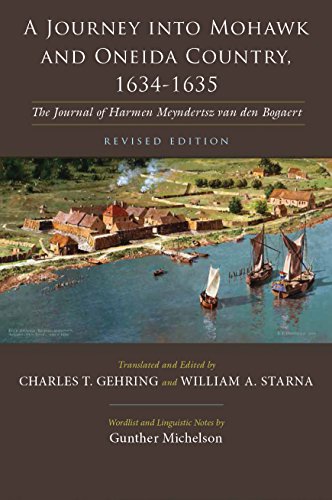

Most ebook files are in PDF format, so you can easily read them using various software such as Foxit Reader or directly on the Google Chrome browser.
Some ebook files are released by publishers in other formats such as .awz, .mobi, .epub, .fb2, etc. You may need to install specific software to read these formats on mobile/PC, such as Calibre.
Please read the tutorial at this link: https://ebookbell.com/faq
We offer FREE conversion to the popular formats you request; however, this may take some time. Therefore, right after payment, please email us, and we will try to provide the service as quickly as possible.
For some exceptional file formats or broken links (if any), please refrain from opening any disputes. Instead, email us first, and we will try to assist within a maximum of 6 hours.
EbookBell Team

5.0
28 reviewsIn 1634, the Dutch West India Company was anxious to know why the fur trade from New Netherland had been declining, so the company sent three employees far into Iroquois country to investigate. Harmen Meyndertsz van den Bogaert led the expedition from Fort Orange (present-day Albany, NY). His is the earliest known description of the interior of what is today New York State and its seventeenth-century native inhabitants.
Van den Bogaert was a keen observer, and his journal is not only a daily log of where the expedition party traveled; it is also a detailed account of the Mohawks and the Oneidas: the settlements, modes of subsistence, and healing rituals. Van den Bogaert's extraordinary wordlist is the earliest known recorded vocabulary of the Mohawk language.
Gehring's translation and Starna's annotations provide indispensable material for anthropologists, ethnohistorians, linguists, and anyone with a special interest in Native American studies. Michelson's current additions to the wordlist of Mohawk equivalents with English glosses (wherever possible) and his expert analysis of the language in the Native American passages offer a valuable new dimension to this edition of the journal.